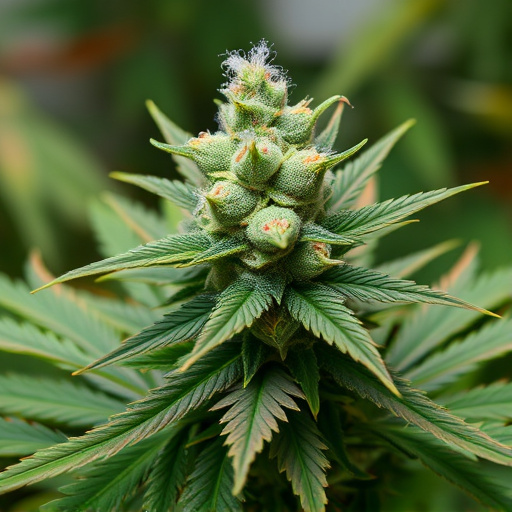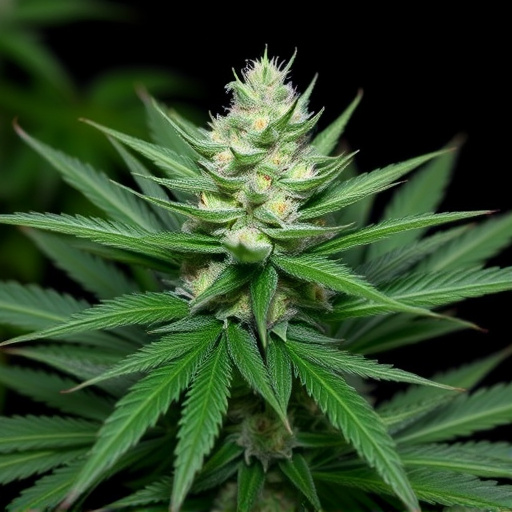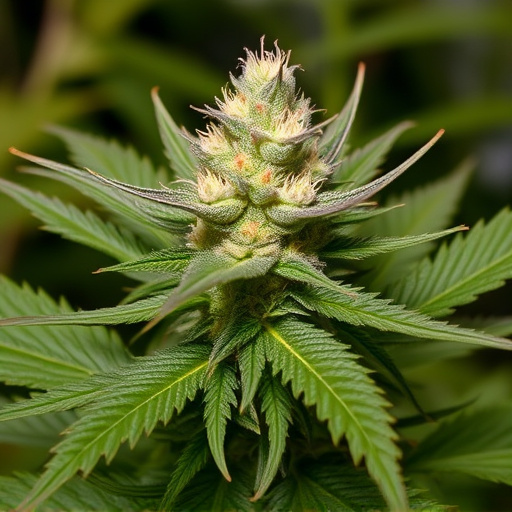Cannabis strains vary in composition, offering tailored medical relief through key cannabinoids THC and CBD. Indica strains like Granddaddy Purple provide calming effects for anxiety, insomnia, and chronic pain, while Sativa strains like Blue Dream uplift energy for depression, MS, and PTSD. Hybrid strains balance these traits. Understanding cannabinoid profiles enables users to select top cannabis strains aligned with their specific medical conditions, enhancing therapeutic benefits with personalized safety.
Discover the power of cannabis as a medical tool with our guide on choosing the right strains. From chronic pain and anxiety to nausea and sleep disorders, understanding the unique effects of different cannabis strains can offer relief. We’ll explore the top cannabis strains for common conditions, delving into their specific properties and benefits. Learn about essential considerations when selecting a strain for therapeutic use, empowering you to make informed decisions for your well-being.
- Understanding Cannabis Strains and Their Effects
- Top Strains for Common Medical Conditions
- Considerations When Choosing a Strain for Therapy
Understanding Cannabis Strains and Their Effects
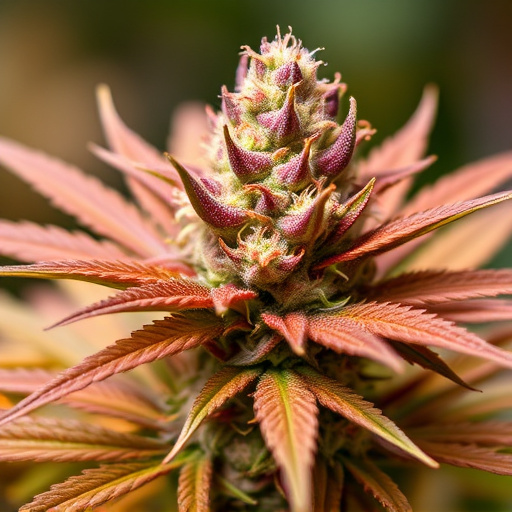
Cannabis strains vary greatly in their composition, offering distinct effects that cater to different medical needs. Understanding this diversity is key when selecting the right strain for specific conditions. Top cannabis strains like Indica, Sativa, and hybrid varieties possess unique chemical profiles, primarily determined by their cannabinoid content, particularly THC (tetrahydrocannabinol) and CBD (cannabidiol). Indica strains are renowned for their calming effects, making them popular for managing anxiety, insomnia, and chronic pain. Conversely, Sativa strains are known for their uplifting and energizing properties, often used to combat depression, fatigue, and certain types of nausea.
Hybrid strains, created by crossing Indica and Sativa plants, offer a balanced combination of these effects. These include popular varieties like Lavender, which combines the relaxing attributes of Indica with a more upbeat Sativa high, making it ideal for stress relief and sleep disturbances. By understanding these variations in cannabinoid profiles and their associated effects, users can make informed decisions when choosing top cannabis strains that best align with their medical conditions.
Top Strains for Common Medical Conditions

When it comes to managing various medical conditions, specific cannabis strains have been found to offer significant relief due to their unique chemical compositions. For instance, Indica strains are often recommended for their calming effects, making them ideal for conditions like anxiety, insomnia, and chronic pain. Popular choices include Granddaddy Purple and Northern Lights, known for their soothing properties that can help patients relax and improve sleep quality.
Sativa strains, on the other hand, are celebrated for their ability to stimulate mental clarity and energy. These are beneficial for conditions such as depression, multiple sclerosis (MS), and post-traumatic stress disorder (PTSD). Top Sativa varieties like Blue Dream and OG Kush have been used by many patients to boost mood, reduce muscle spasms, and alleviate symptoms associated with PTSD, offering a more uplifting experience compared to Indica.
Considerations When Choosing a Strain for Therapy
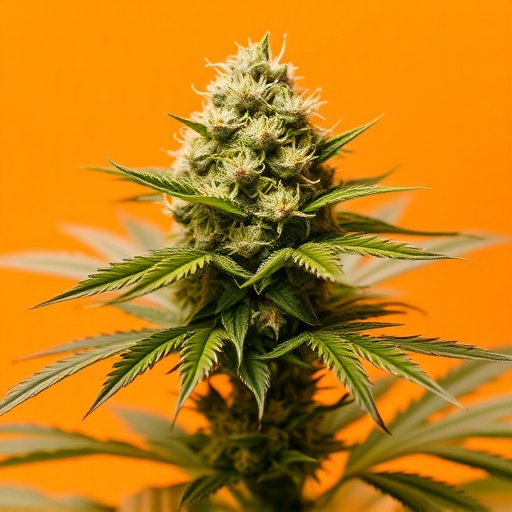
When considering cannabis for medical therapy, several factors come into play. Firstly, understanding the unique chemical profile of each strain is key. Cannabinoids like THC and CBD have distinct effects on the body, with THC offering more psychological benefits while CBD is known for its anti-inflammatory properties. As such, choosing a strain rich in the desired cannabinoid can greatly enhance therapeutic outcomes.
Additionally, personal preference and medical history should guide selection. Some top cannabis strains renowned for their medicinal properties include Granddaddy Purple, known for its relaxing effects, and Charlotte’s Web, celebrated for high CBD content suitable for pain management. Evaluating symptoms, desired effects, and individual tolerance ensures a more effective and safe therapeutic experience.
In conclusion, understanding the unique effects of various cannabis strains is pivotal for effective medical treatment. The right strain can significantly alleviate symptoms associated with numerous conditions, making it a valuable therapeutic tool. By considering specific needs and preferences, individuals can navigate the diverse landscape of top cannabis strains to find their ideal solution for optimal well-being.

